
Macroscope Labs Playhouse
~ producing the future, one play at a time ~
Open MikeIdea in incubation: you talk about the idea to see whether it gains traction, whether you still like it after a few pitches, what responses you get. it may be an idea you want to hand off | Staged ReadingIdea in exploration: you find someone else who wants to build with you and you want to see whether its viable. you delve in to explore what next | Off Off BroadwayIdea in pilot: you decide to give it a quick prototype- rough and dirty. You want learning and feedback. Test to decide whether to investment more time and money | Main StageFull steamyou've got money in it and you want a tony. get the best cast/crew, rehearse and execute. everyday is a new day on the stage. | Post productionWind down:Close elegantly & move on. Review, learn, celebrate. This may mean the show goes on tour, hand off to new team or document conclusion. Alls well that ends well. |
1. Inventory ALL of your projects
- one idea/project per post it
- sub-projects for one job = separate post-its
- suggestion: color code by theme or by paid/unpaid
2. Organize the post-its according to the stage of development
- follow the stages noted above, I sometimes include an off broadway (between off-off and main stage)
3. Notice where there is a high concentration of post-its
- the distribution will help you see where you are spending time and energy
- is this distribution congruent with your current needs or are you currently stressed
- if self-employed on project work, do you have an appropriate distribution of paid idea/projects
- if you have a lead role in more than 2-3 projects on the main stage, you might need a cardio stress test
4. Identify what is your role on the projects
- is it your idea? are you rallying the team? are you a first follower? are you the broadcaster?
- does the role play to your strengths? are you on your learning edge?
- how does the team on this project feel for you?
5. Notice your roles
- are they always the same? do you feel more energized in some than others?
- are you building your craft/skills in each of the different roles?
- who do you want to be your mentor for each role?
6. Identify all of your current collaborators (cast & crew)
- put each by the respective project and identify their role on the project
- are all of the roles that need to be filled to complete the project full?
- is the team well aligned to deliver based on their skill strengths?
- what skills do you need to complement your role/skills to get this project to fly?
- where can you find people who are smarter than you are at this? do you know them already?
7. Fail often, early. Learn. Dive in or move ON!
- what is the next action step? Put that onto whatever project software you use. i like wunderlist and asana*
- identify an end point for each stage, so that you know... when to stop and assess?
- check out my 5*5 method posts for a systematic approach to move from idea incubation to explore/pilot
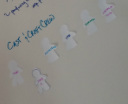
- Hire people who are smarter than you are
- Communicate the vision
- Allow the vision to live in dialogue with the creative genius of the team
- Trust the team to do their magic (you hired people who are smarter than you are)
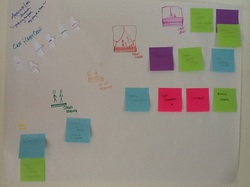
You can create your own paper version for your wall. A digital version,as below, is available for download as well. You can play with this digital version in powerpoint: import the .png, create text boxes for each of your projects, lasso/copy the people and group each person with a name and move it around until it works for you. If you have photoshop, it'll be even easier.
Most of all, have fun!
| macroscope-playhouse-share.png |
** Ingmar Bergman and Creative Leadership by Bo Gyllenpalm, the most influential book I read in 2011. (apologies, I know that it is out of print and have asked Bo to consider republishing it as I find it more relevant than ever).
Dedicated to all those on the journey to be the change through creative lifestyle design, particularly the lovely Joep Kuijper, Seb Paquet on a 100 day journey into creative economy and Jean Russell, life explorer of creative engagement. May your project management always allow room for passionate play, creative inspiration and hacking!
Thought Contributors: Idea developed in collaboration with the enchanting creative Eddie Harran at a time when I was fascinated by Bo Gyllenpalm's book on the stage leadership of creative director, Ingmar Bergman: what better role model than someone who pulled career best performances from cast/crew night after night for years and imagine, he never returned to the theater after the curtain went up on opening night.). The creative innovator and the person who turned me onto the power of Mastermind ever-inspiring Do More Great Work guru Michael Bungay Stanier of Box of Crayons. Digital to wall/post-its thanks to the effervescent creative Loretta Rae.


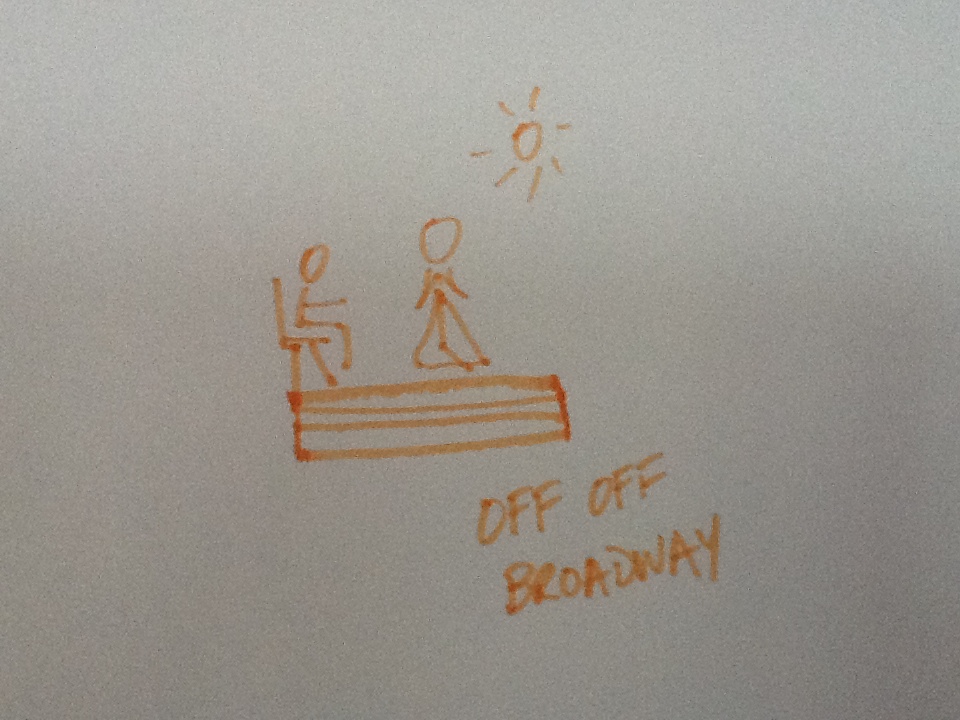
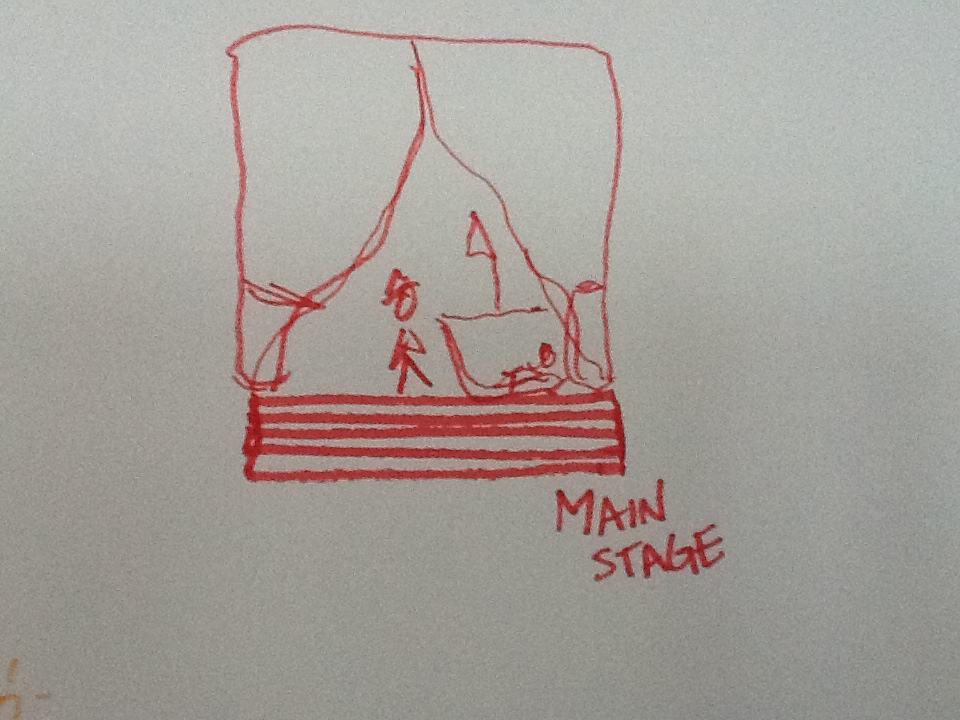
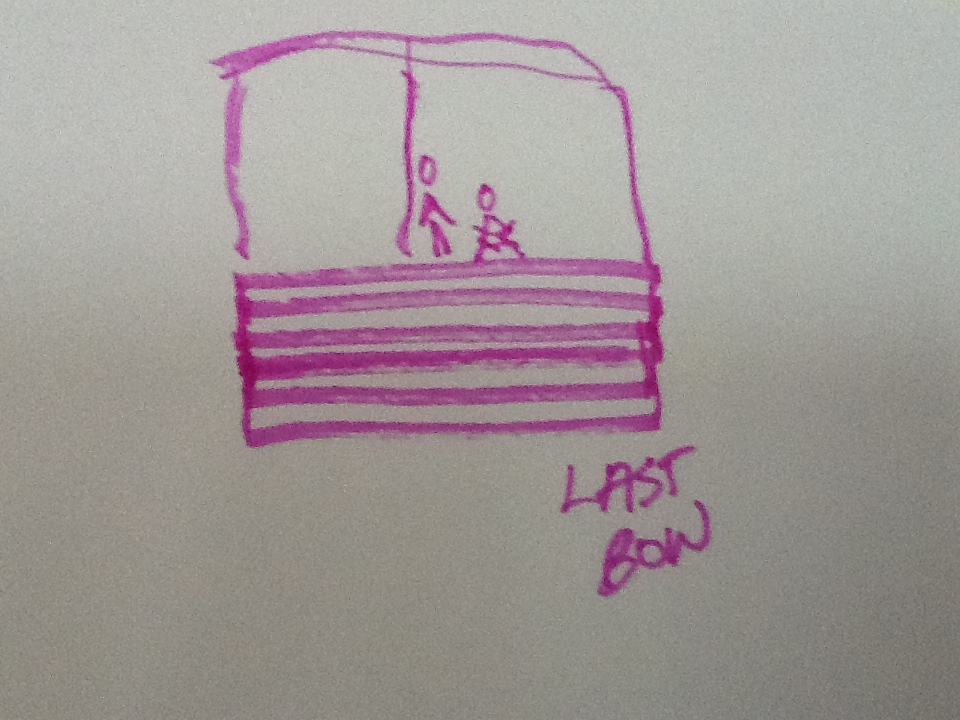
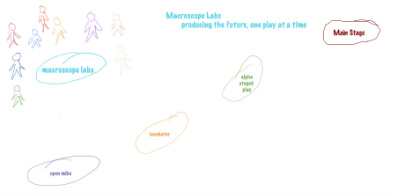
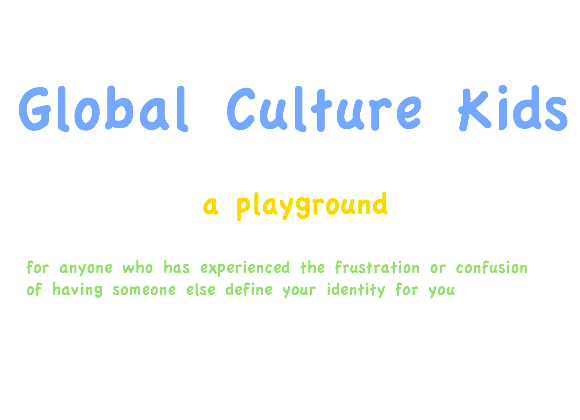

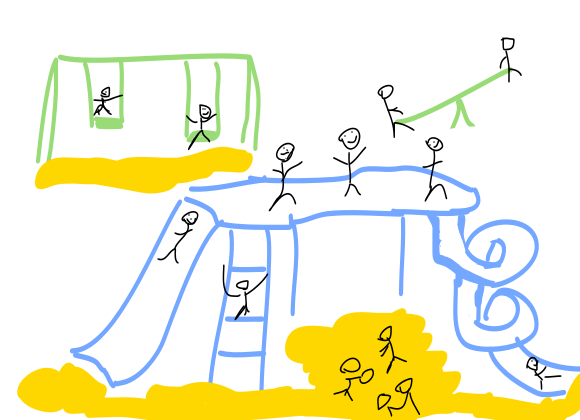








 RSS Feed
RSS Feed